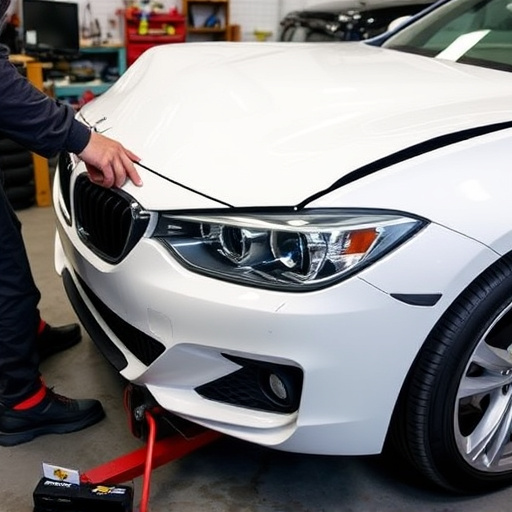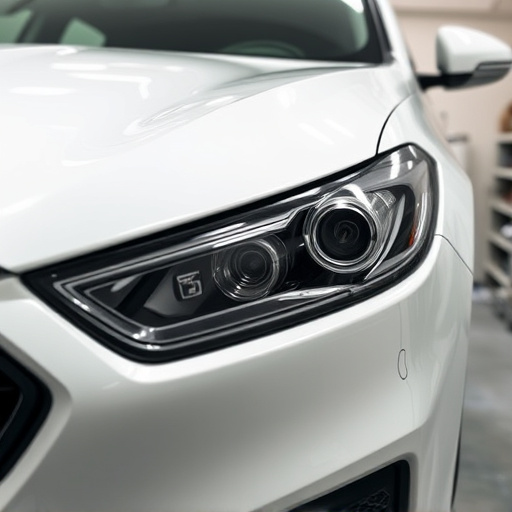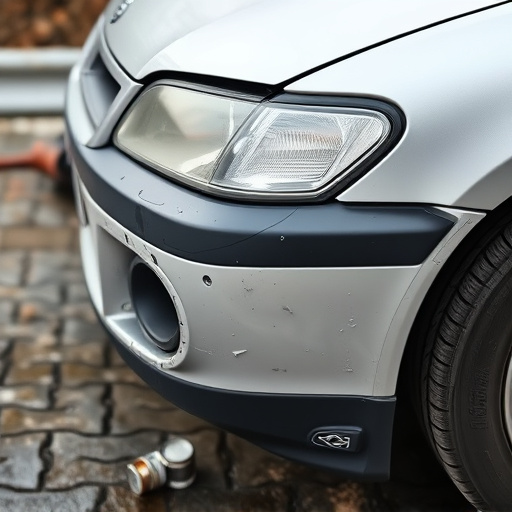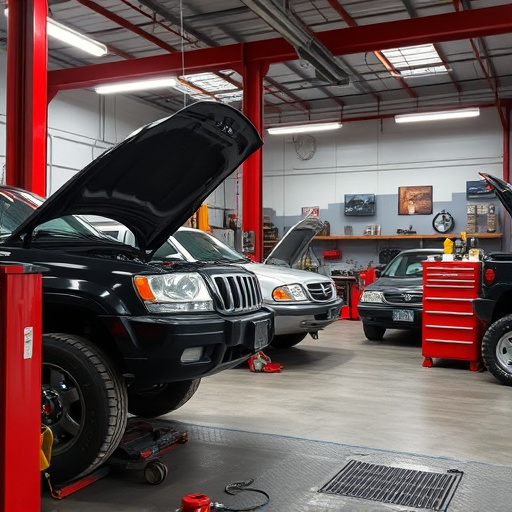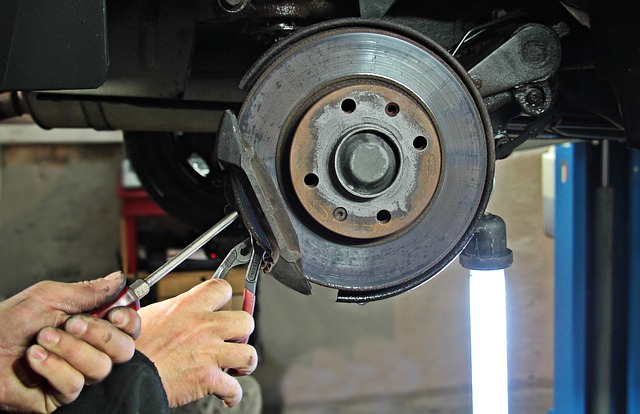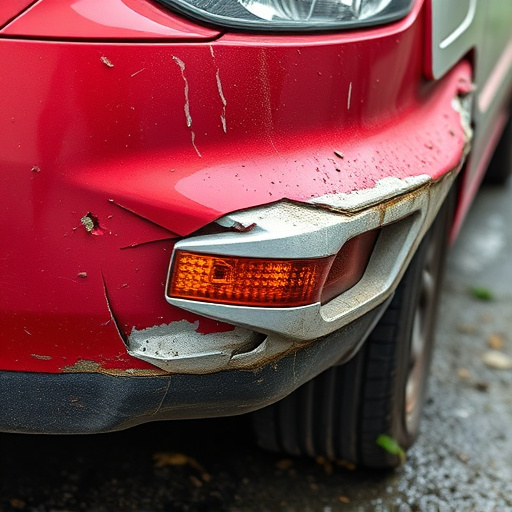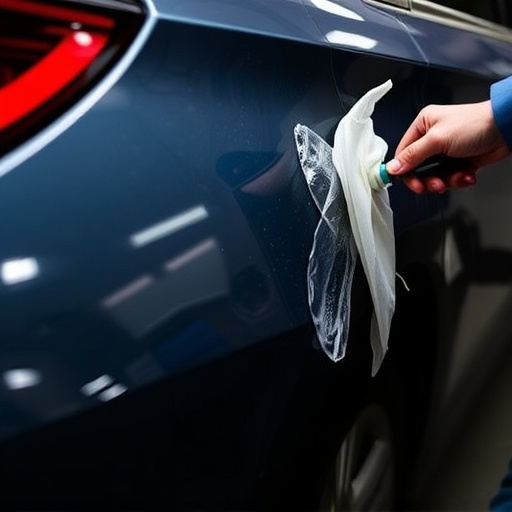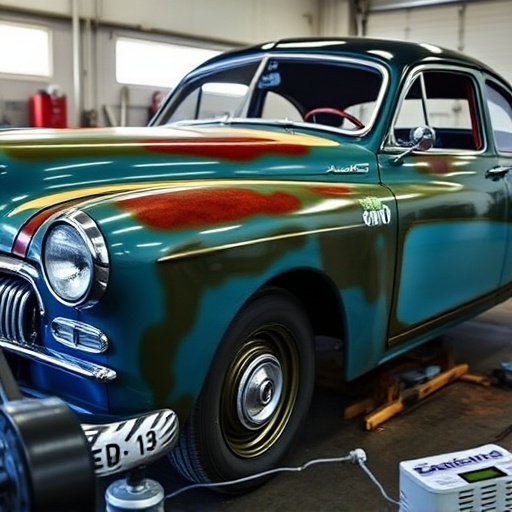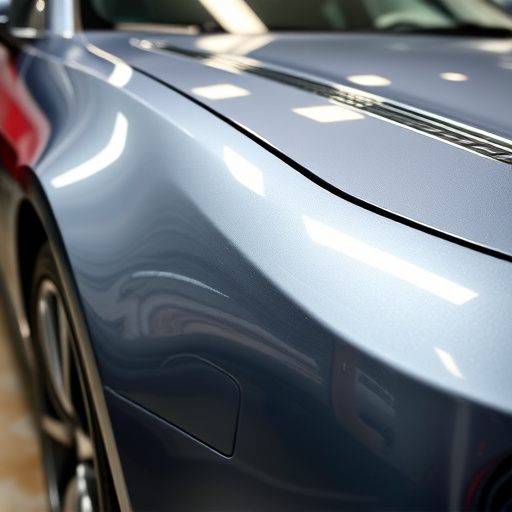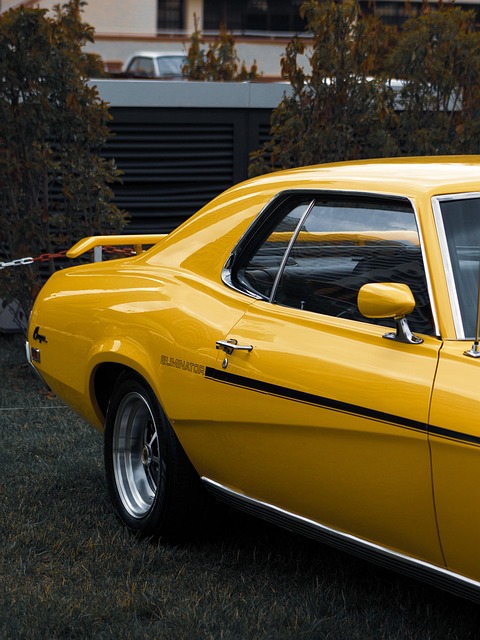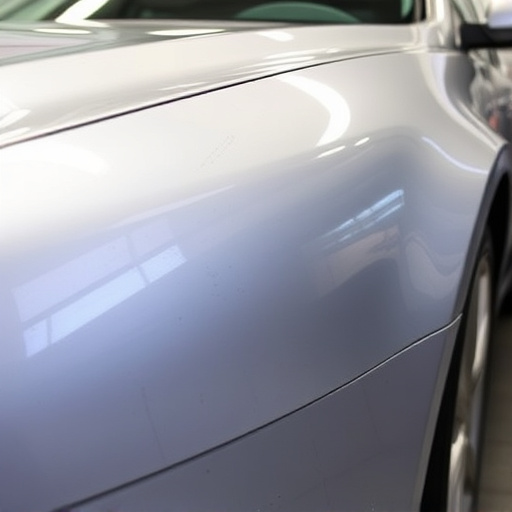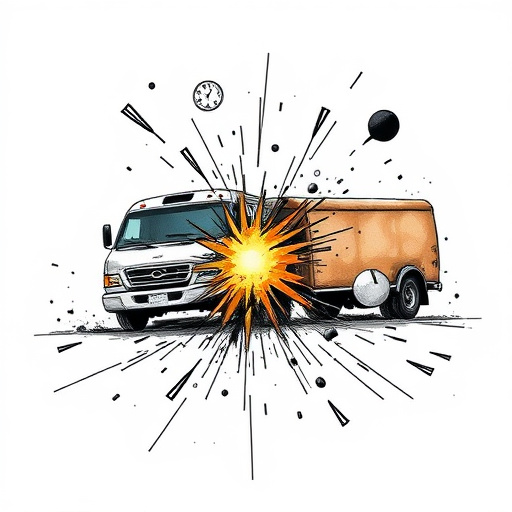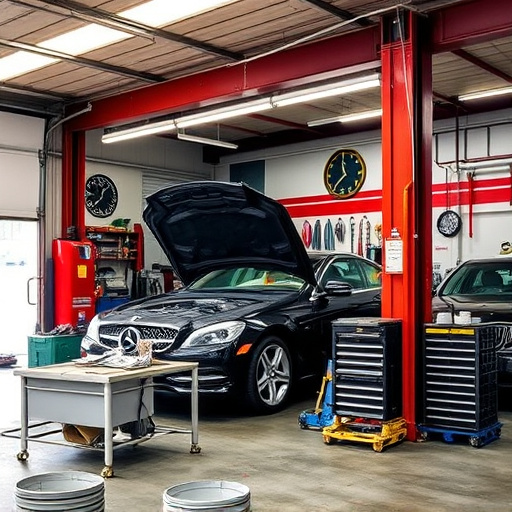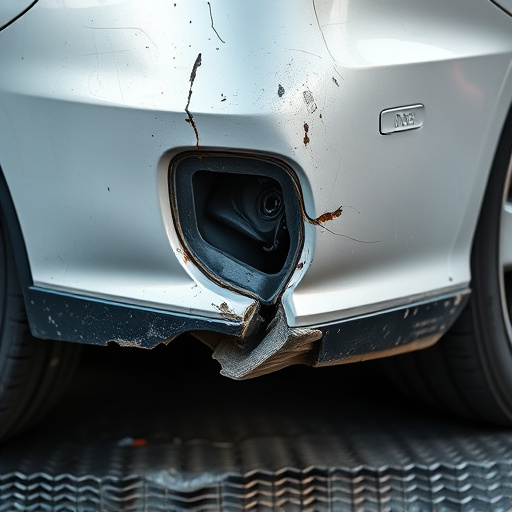Automotive paint types vary in strength and aesthetics, with epoxy offering superior durability against harsh conditions, single-stage providing ease of application, and three-component paints delivering high-end finishes. Repair complexity depends on paint composition, film hardness, environmental factors, car age, and original quality. Choosing the right type, like polyurethane or epoxy, simplifies repairs for smaller damages; user-friendly options with clear instructions minimize preparation needs.
In the world of automotive repairs, choosing the right paint is key. This guide explores which automotive paint types offer the easiest repairs, focusing on understanding diverse paint options and their unique properties. We delve into factors influencing repair ease, from composition to application techniques. By the end, you’ll be equipped to select the best paint for simple fixes, ensuring long-lasting results without hassle.
- Understanding Different Automotive Paint Types
- Factors Affecting Repair Ease in Paints
- Choosing the Best Paint for Simple Repairs
Understanding Different Automotive Paint Types
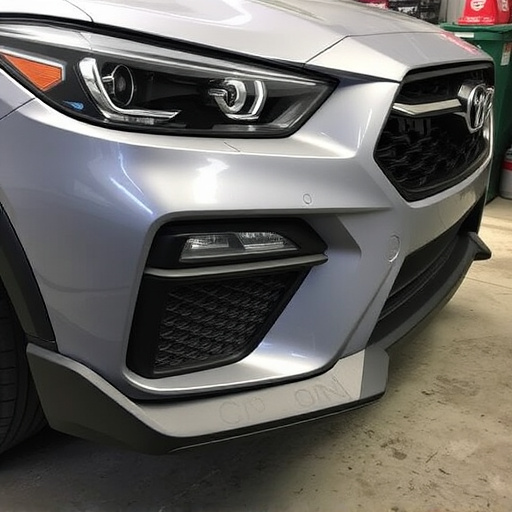
Understanding Different Automotive Paint Types
Automotive paint types vary significantly based on their composition and durability. Two-component epoxy paints are known for their exceptional strength and resistance to chipping, making them ideal for severe weather conditions or vehicles subject to frequent hail damage repair. These advanced formulas offer a longer lifespan compared to traditional coats, reducing the need for frequent auto repairs near me.
Another common type is the single-stage paint, which is easier to apply but offers less protection against environmental factors like UV rays and acid rain. For routine maintenance or minor scuffs, this option can be sufficient. Conversely, three-component paints, while more complex, provide an extra layer of protection with a glossy finish, suitable for those seeking top-tier aesthetics alongside basic tire services.
Factors Affecting Repair Ease in Paints
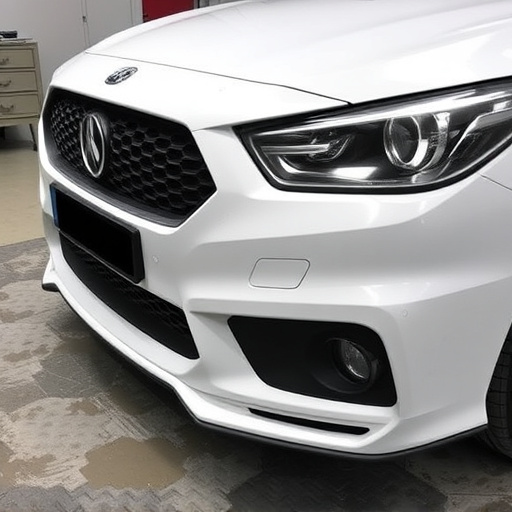
Several factors determine how easy it is to repair specific automotive paint types. One key aspect is the paint’s composition and consistency. Paints with a uniform texture and even application tend to be easier to fix, as they allow for more precise repairs and better blending of new paint with existing surfaces. The hardiness of the paint film also plays a significant role; durable paints that are resistant to chipping and fading make repairs smoother since less paint needs replacement.
Additionally, environmental conditions can impact repair ease. Humidity, temperature, and UV exposure can all affect paint’s integrity. Some automotive paints are formulated to withstand varying weather conditions better, making them more suitable for quick and straightforward repairs. Moreover, the age of the car and its original paint quality influence the complexity of repairs, as older cars might require more intricate work due to wear and tear. Consider these factors when choosing an automotive paint type for efficient car dent removal or comprehensive mercedes benz collision repair services, ultimately leading to effective car bodywork services.
Choosing the Best Paint for Simple Repairs
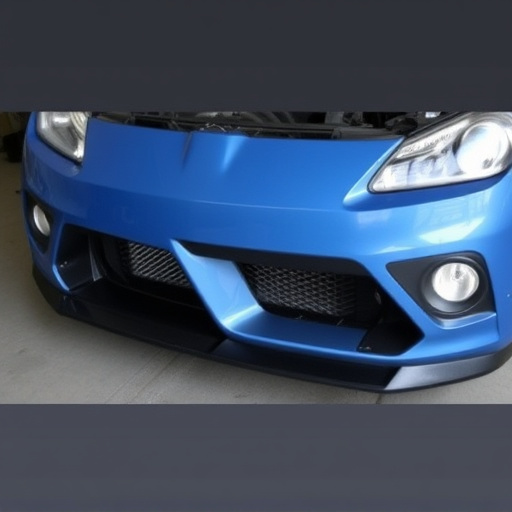
When it comes to simple repairs, choosing the right automotive paint type can make a world of difference. For smaller dings, scratches, or minor chips in your vehicle’s finish, selecting an easy-to-apply and quick-drying paint is key. Polyurethane paints are a popular choice as they offer excellent durability and resistance to fading, chipping, and scratching. This versatile automotive paint type is suitable for both interior and exterior repairs.
Additionally, epoxy-based paints are highly recommended for more intricate or deep damage. While they may take a bit longer to dry compared to polyurethanes, epoxies provide exceptional bonding strength and can fill in deeper dents, ensuring a seamless repair. When considering car repair services or visiting a car body shop for vehicle repair, opt for paint types that are user-friendly, offering clear instructions and minimal preparation requirements, thereby simplifying the repair process.
When it comes to easy repairs, understanding the nuances of different automotive paint types is key. Factors like composition, consistency, and surface compatibility play a significant role in determining how seamlessly damage can be rectified. By choosing the right paint type, whether it’s a quick-drying enamel or a versatile acrylic, you can ensure efficient and effective repair work, saving time and resources in the process. Among the various automotive paint types, options designed for simple repairs stand out for their user-friendly features, offering both convenience and high-quality results.
